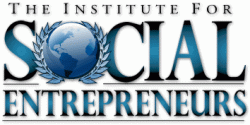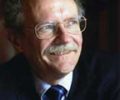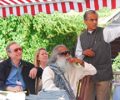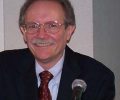(January 12, 2012) One of my favorite social entrepreneurs lived more than 500 years ago . . . and his career is filled with ingenious strategies for meeting customer demands . . .
When you enter the Galleria dell ‘Accademia in Florence, you turn left and pass through a doorway, then glance down a large room to your right. When I did that three years ago I began to cry . . .
I simply do not understand, and I will never understand, why one work of art will move me and another will not. Why do I always weep at the first movement of Mozart’s Prague Symphony? Why am I entranced by Monet’s Terrace at the Seaside, Sainte Address and Van Gogh’s Wheat Field with Crows? And why did the sight of Michelangelo’s David bring me to tears when I first glimpsed it from 50 yards away?
I was 22 when I discovered Florence and the David, but in 1967 I had only a wisp of artistic sensibility. I knew the statue was special, but I didn’t know why, either intellectually or emotionally. The only thing I remembered, for years, was its height — 17 feet from base to crown.














